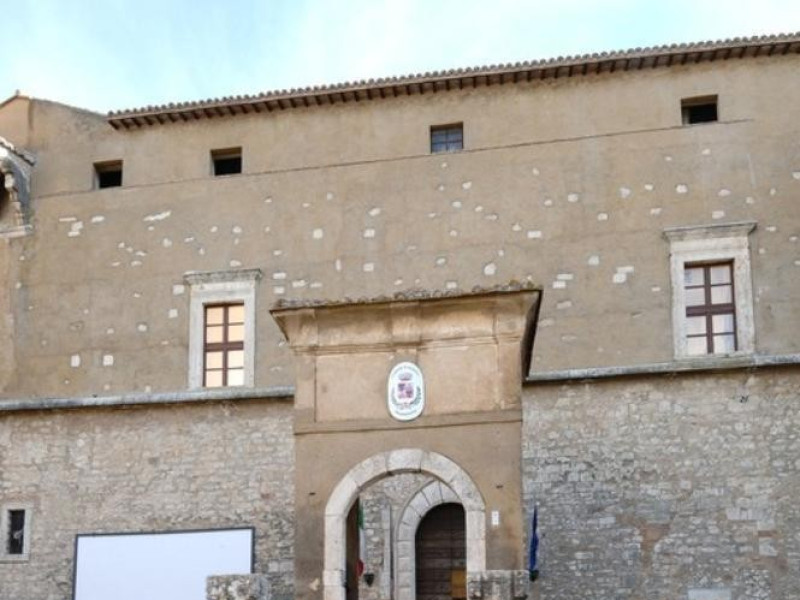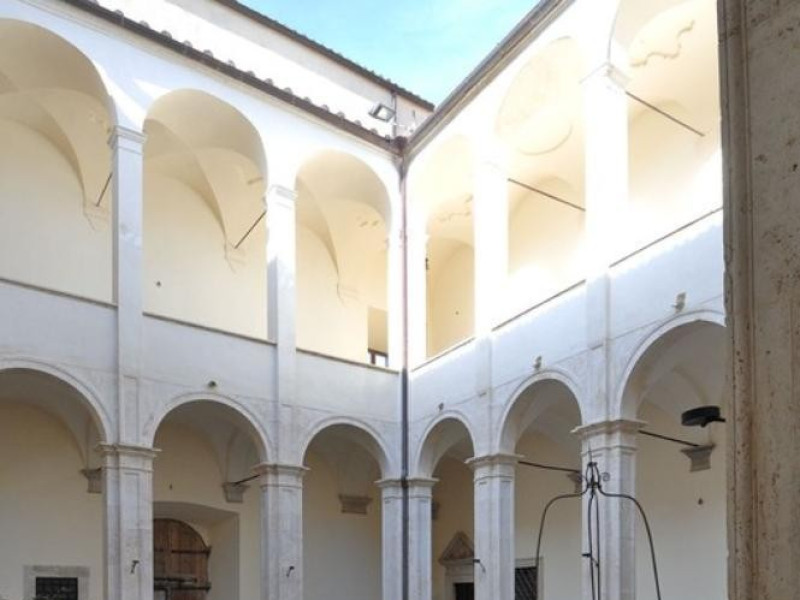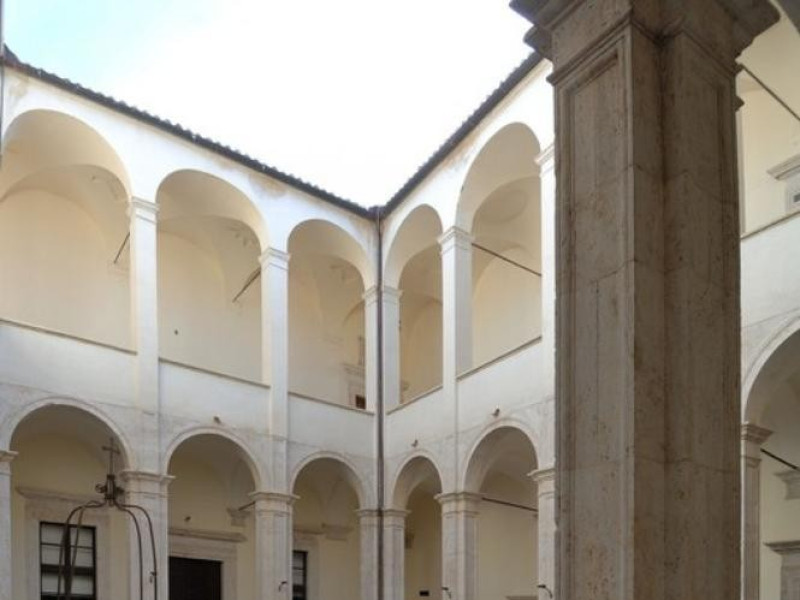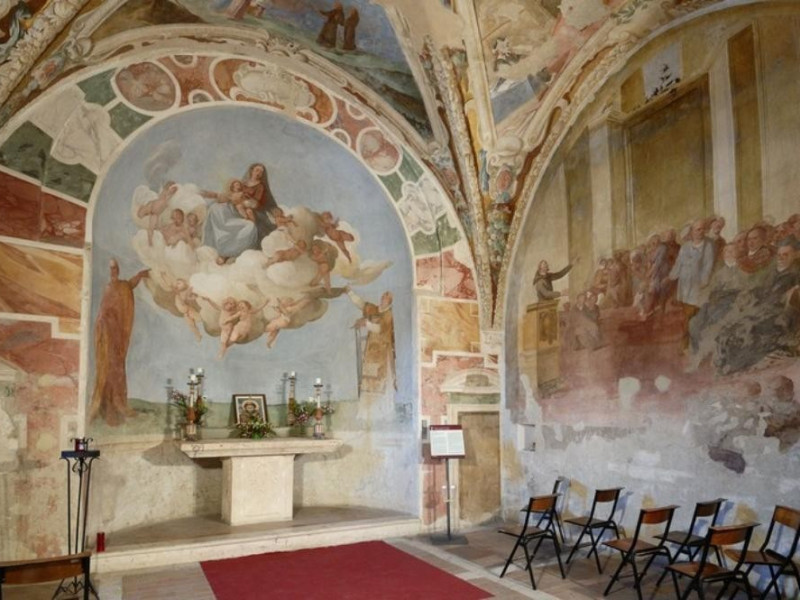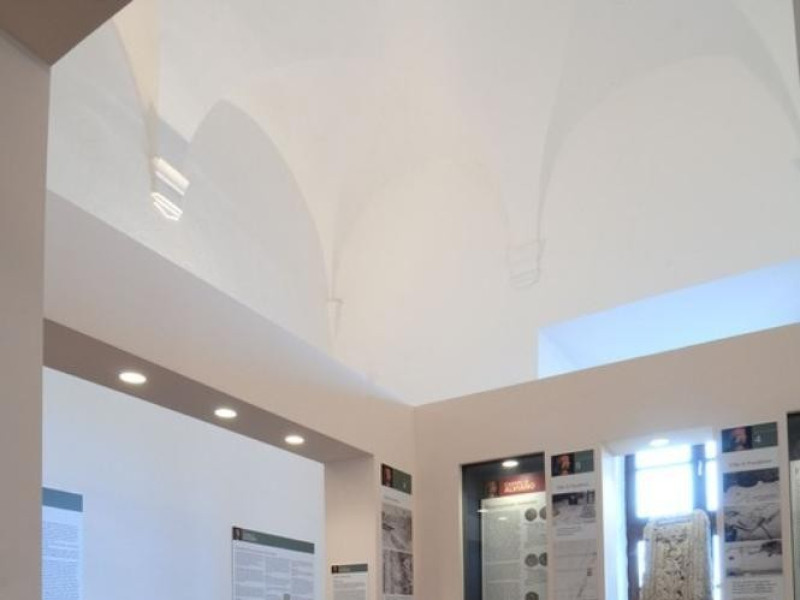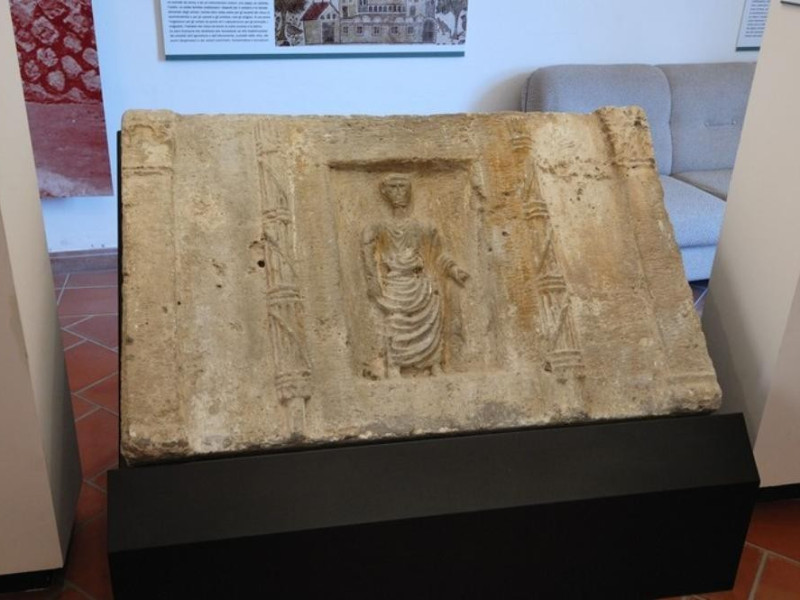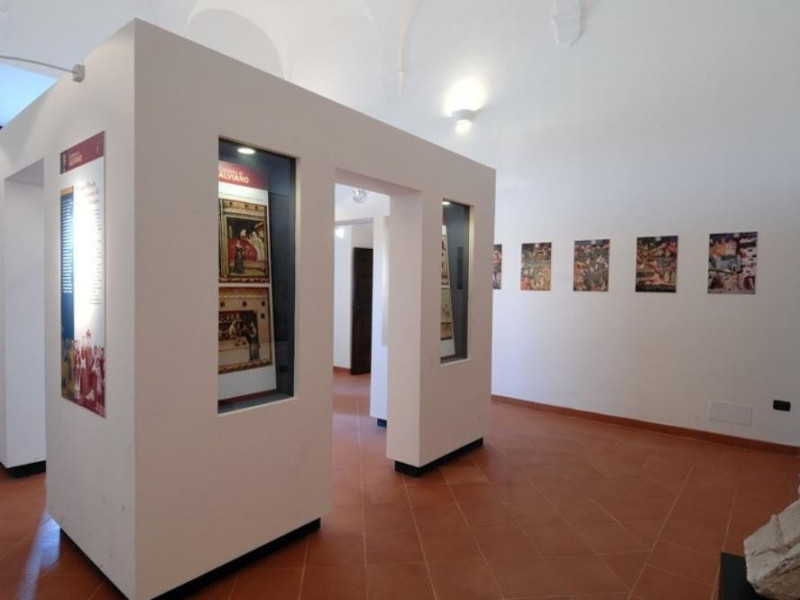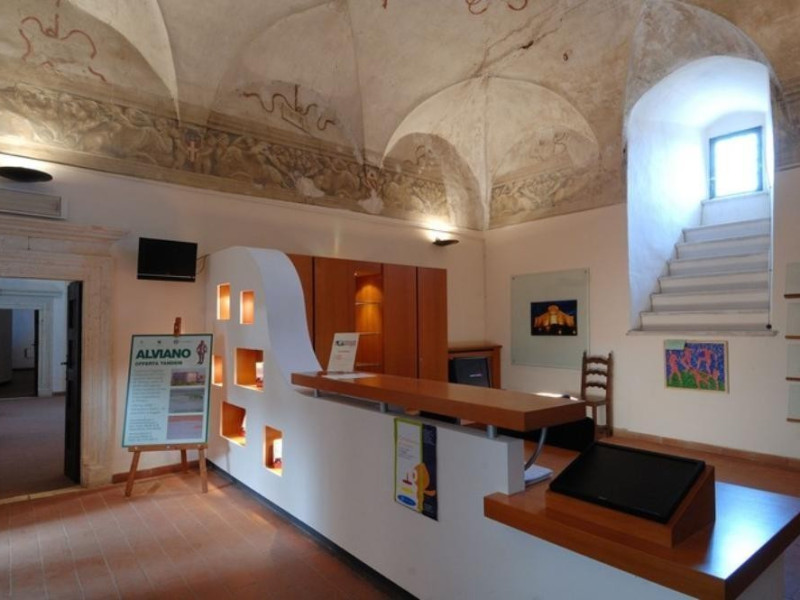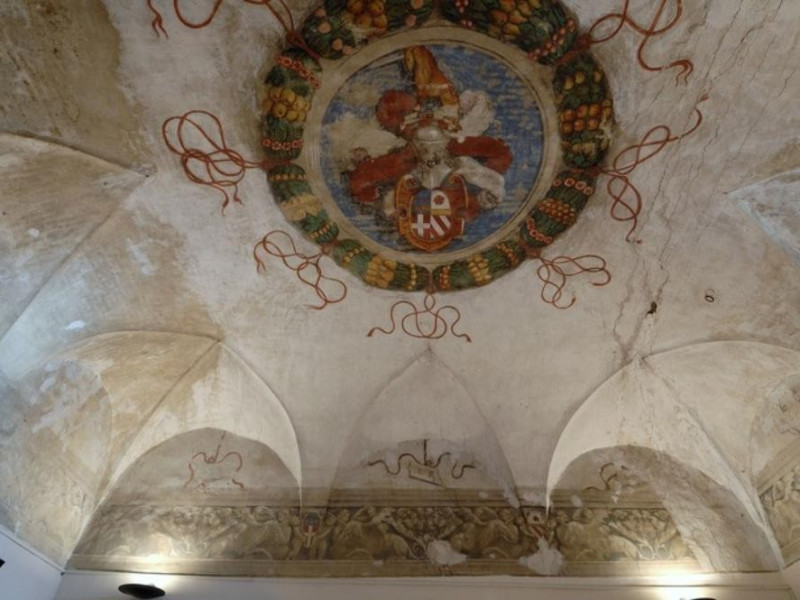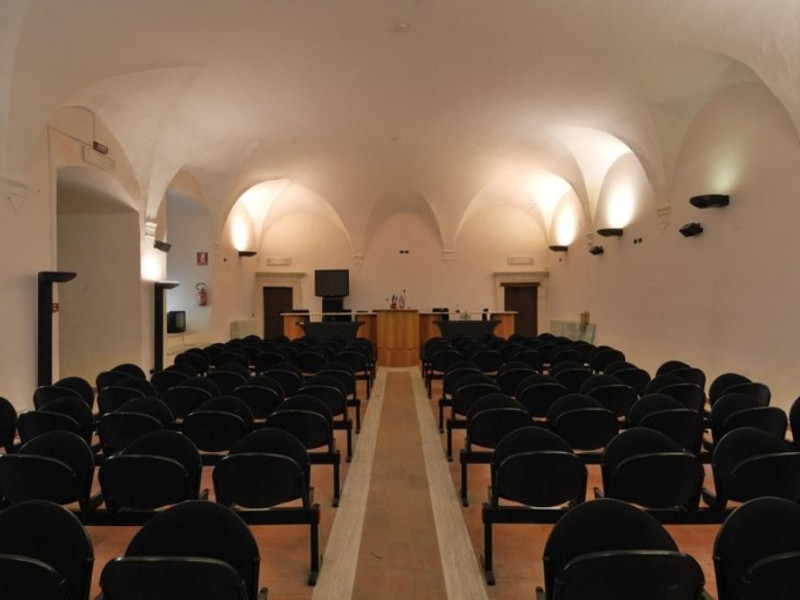Luogo - Point of interest
Castello di Alviano
Where
Piazza Bartolomeo d', 10, Alviano (Terni)
The Castle of Alviano
The Castello d’Alviano—located on a hill on the left side of the Tiber River, between Orvieto and Amelia—is at the origins of the development of the urban nucleus of the Municipality of Alviano.
The castle structure conforms to the morphology of the land, which has determined its trapezoidal shaped floor plan. It develops on four levels, attic included; around the perimeter of its surrounding wall there are four towers, one for each corner. At the entrance of the castle, placed on the façade, there is a Stock Lion and a Head of Medusa; which symbolize the Fief of Alviano.
The castle was built by Count Offredo, the progenitor of the Alviano family, in 996 A.D.. The members of this family gained importance and, with time, accumulated more and more powerful positions, succeeding in holding the castle until 1308, when they were thrown out by the Amerine Guelphs.
The manor returned into the hands of the family thanks to Francesco D’Alviano, who made it his residence, until the Chiaravalle destroyed it. Its reconstruction, in 1495, is due to his son Bartolomeo.
The new structure was built as a magnificent baronial residence, with some of its rooms decorated by Giovanni Antonio de’ Sacchis, called Pordenone. Being a military architect, Bartolomeo D’Alviano took protective measures, such as that of equipping the castle structure with defensive bodies, strategically positioned, following the rules of military architecture established by Leon Battista Alberti.
In 1500 his son Bernardino, an expert in casting techniques, transformed it into one of the most important fortress-foundries for cannons of Umbria.
Lacking male descendants, in 1543, the Alviano family lost the fief and changed their name to Liviani.
Since then, having lost its military importance, the fortress has changed owners several times: starting from the Marquis Raimondy from Genoa, it became property of Donna Olimpia Maidalchini, wife of Pamfilo Pamphilj Landi, in the 17th century, and lastly, for descent, it was inherited by Prince Don Andrea II Doria Pamphilj Landi, in 1816.
The fortress is in pure Renaissance style characterized by a beautiful internal court—Ward of Honor—and a portico with a loggia, which numerous fine rooms overlook. Among these, the San Francesco Chapel, with its fine17th century frescoes, can be considered as a sort of visual memory of the history of Alviano.
In the Chapel there is also depicted The Miracle of St Francis and the Swallows, which is reported in the “Fioretti” of St Francis “… began to preach, first ordering the swallows, who were calling, to keep silence until he had finished; and the swallows obeyed his voice."1 to have happened in Alviano, in 1212. In the fresco the face of the client, Donna Olimpia, is also portrayed.
Wisely restored, Castello d’Alviano is still the fulcrum of the life of the townspeople today: the Main Floor hosts the Town Hall; the Ground Floor hosts the Documentation Center with its audiovisual equipment on the Fauna of Alviano Oasis and a well equipped and modern convention center; the Basement hosts the Permanent Exhibition of Modern Art and the Rural Culture Museum, which displays more than one thousand items.
Recently, in honor of its ancient owner, the castle has become the seat of the Documentation Center and Study of the figures of the Captains of Fortune.
1 N. d. T.: Translation of Arthur Livingston, The Heritage Press, New York, NY. “The Little Flowers of Saint Francis of Assisi” <a href="http://www.ewtn.com/library/mary/flowers.htm" rel="nofollow" title="Apri collegamento esterno">http://www.ewtn.com/library/mary/flowers.htm</a>
